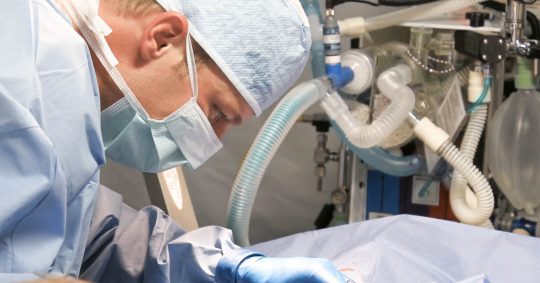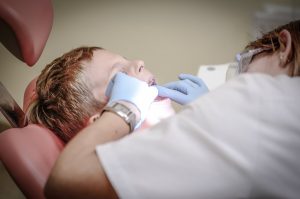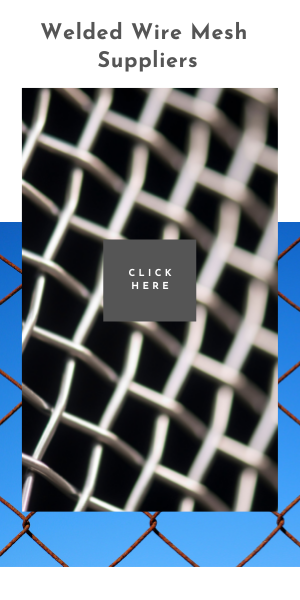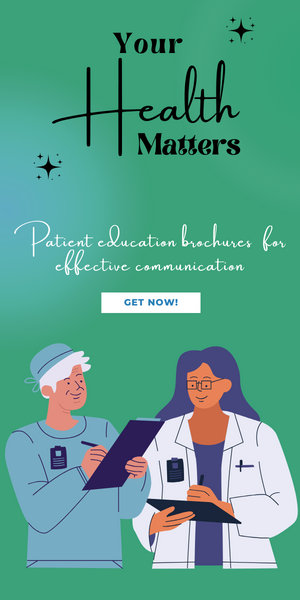Month: August 2018
Laser Technology in Cosmetic Medicine
Posted on August 2, 2018 in Blogging Far Away News

In the early days of the existence of laser technology, it was unexpected that these light tools may have useful purposes in the area of science and medicine, nobody predicted that lasers could have the potential to cure or improve the physical well-being of an individual. But physicians and medical researchers immediately started to see the possibilities, and also the number of applications for medical lasers multiplied through the years. There are many practical implementations of laser technology, including making incisions into tissue, enhancing eyesight by reshaping the cornea, unclogging blocked arteries, removing cavities from teeth and bleaching the teeth, eliminating unwanted hair, wrinkles, birthmarks, and freckles; and reshaping the face in plastic surgery procedures. In the following article, we focus on the application of laser technology in cosmetic medical situations.
Some Cosmetic Uses of Lasers
Medical lasers can also be widely used for a variety of cosmetic surgery, for example, elimination of particular sorts of birthmarks, freckles, red, purple skin blotches, wrinkles and age marks and other blemishes.
The medical laser can remove a port-wine blot for the same reason a military laser can flash a message into a submerged submarine. Both lasers make the most of this monochromatic quality of laser lighting, which is, its capacity to glow in a single specific colour. The blot is composed of thousands of miniature malformed blood vessels which have a particular red purple colour. This shade very closely absorbs a particular tone of green lighting. That’s the reason the stain looks reddish. It incorporates the green and other colours in white light but reflects the reddish back to people’s eyes.
To treat the blot, the physician runs a sizeable low-power beam of green light around the stained region. The bulk of blood vessels at the blemish absorbs the laser light and becomes so hot it is really burnt off. The surrounding skin is a different colour than the blot, so that skin absorbs just tiny quantities of this ray and remains unburned. (clearly, the burnt areas must cure, and in this process, a few minor scarring occasionally happens.) Low level laser therapy is a safe mild way to treat mild discolouration, there are even special ipl treatments for sun damage on the skin.
A similar way is frequently useful in removing tattoos. A tattoo is shaped when very powerful dyes are injected into an individual’s skin. Someone that has been tattooed can pick later in life which he or she doesn’t need to have the tattoo, and in earlier times the only approach to eliminate these layouts involved the operation or burning the tattoo with acidity. Fortunately, the laser provides an alternative to these extreme measures. The advantage of lasers is that the beam can bleach the tattoo dye without damaging the surrounding skin area.
Aside from removing surface marks from the skin, laser technology has recently been a tool in treating other conditions that were previously only treated vis invasive surgery. Laser vaginal tightening utilises lasers to stimulate surrounding tissue and increase the elasticity of the area. Procedures surrounding laser vaginal rejuvenation are relatively new, however many patients have realised significant results.

Laser-assisted dentistry is just another branch of medicine that’s profited tremendously from laser engineering. Really, lasers have made some folks stop dreading a trip to the dentist. Nobody enjoys having a cavity drilled, needless to say. It typically takes an anaesthetic (a painkiller such as novocaine) which triggers uncomfortable numbness from the mouth; besides, the noise of the drill may be bothersome or even sickening to a few individuals. Lasers have allowed patients to get their teeth fixed and polished less painfully and practically. Bleaching the teeth can also be done by lasers, producing unbeatable results.
Conclusion
In fact, there are hundreds of additional medical applications for your laser. However, numerous health conditions can’t be assisted by laser light. And even in the ones that do react to laser treatment, a physician could have a great reason for picking a different strategy in a particular case. The simple truth is that, while the laser is really a fantastic health care instrument, it can’t cure every disease. Yet the entire world has seen likely just a tiny portion of the laser’s potential. In the end, this super-tool has only existed since 1960, as well as thinking about the healthcare improvements it has established the future seems promising indeed.






